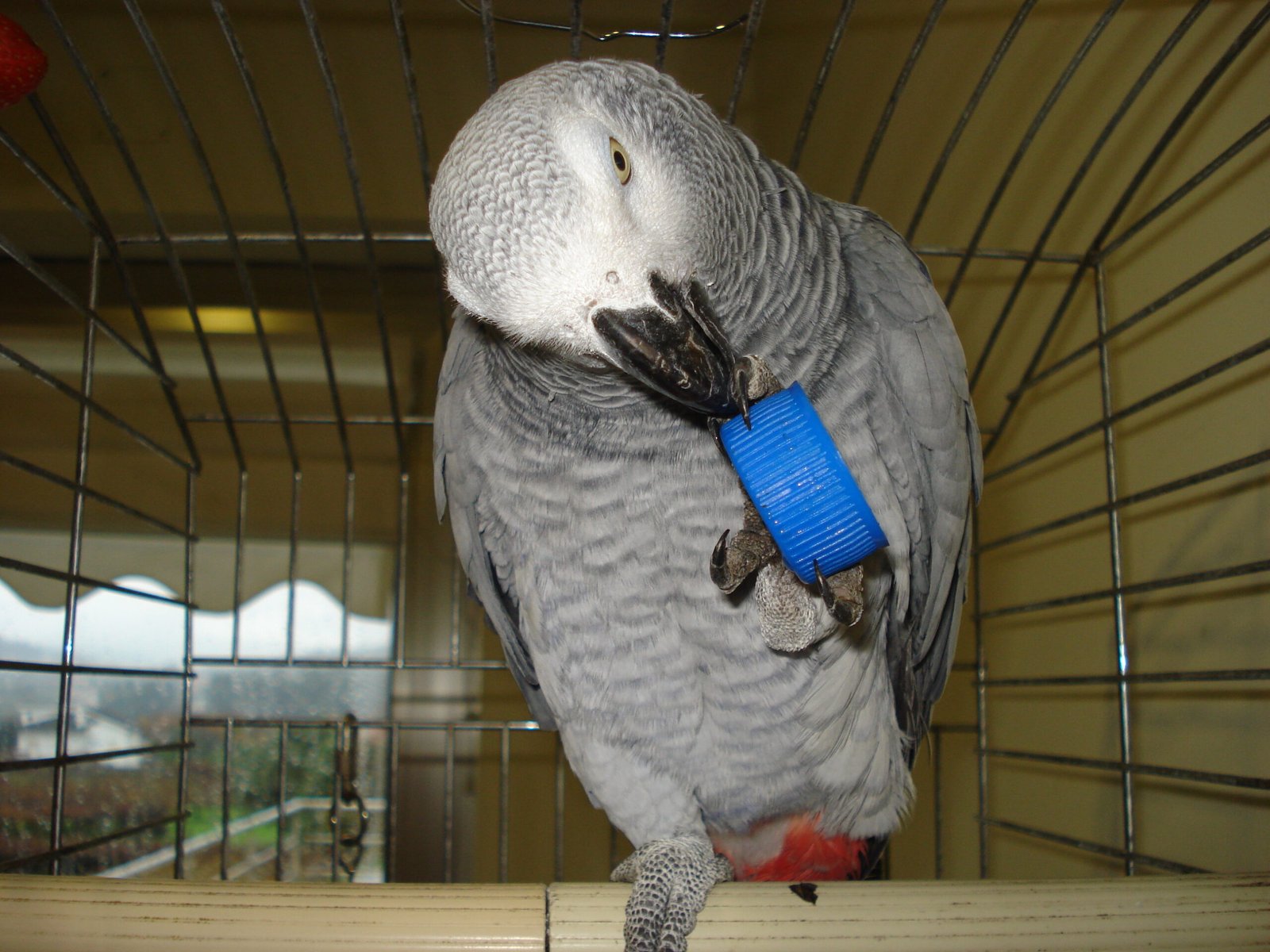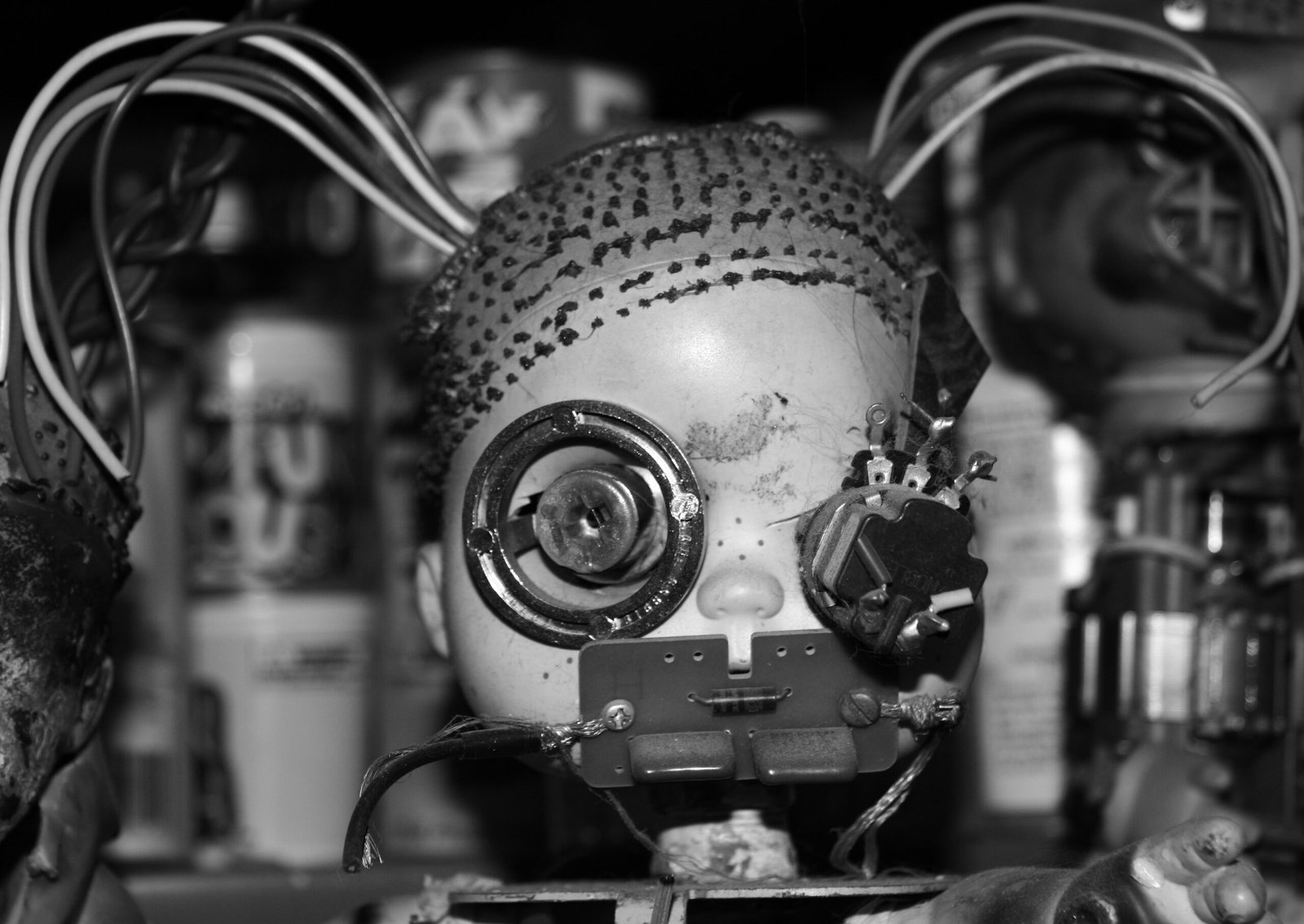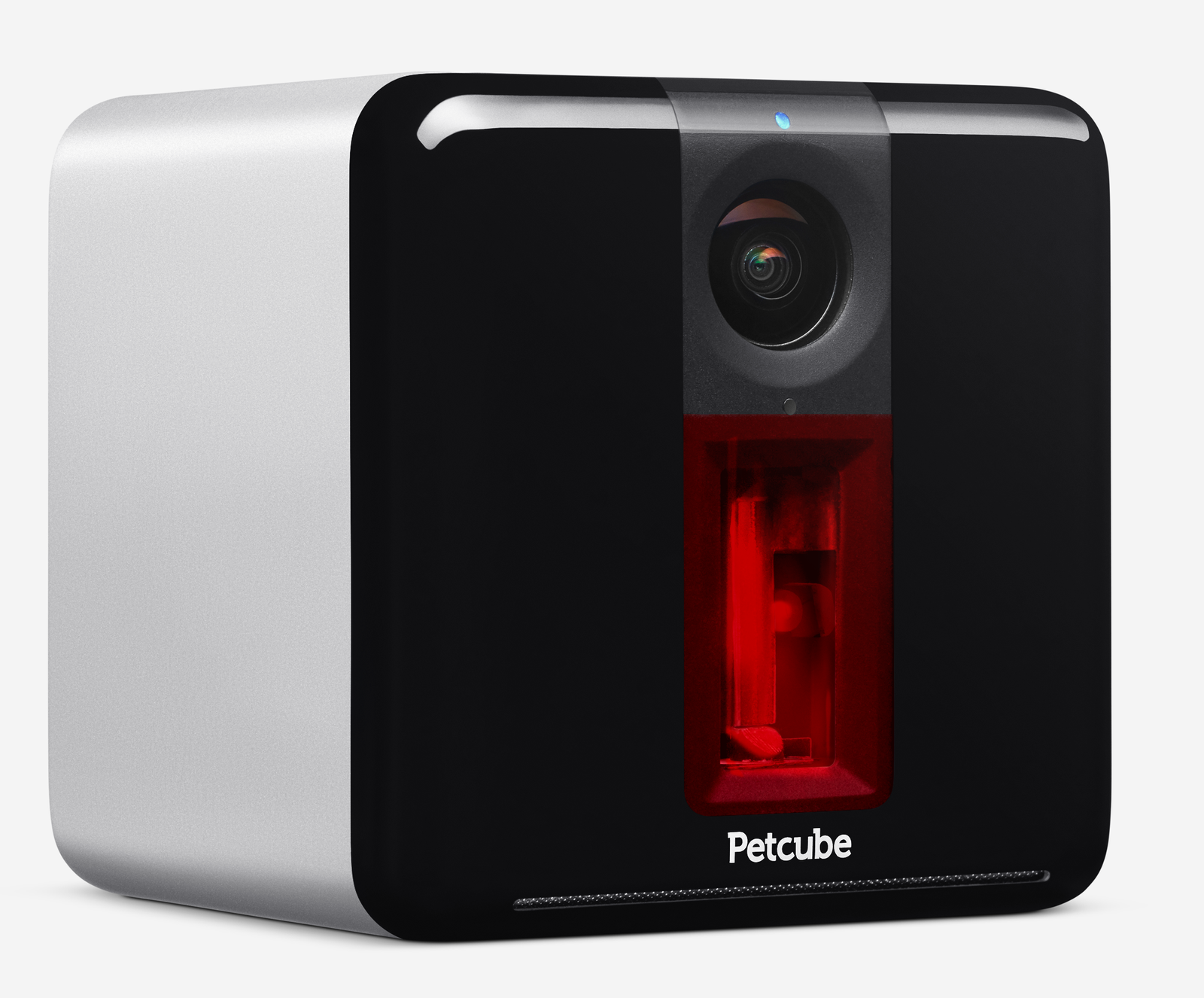Picture this: a lonely dog at home, tail thumping with curiosity, staring at a bouncing ball that suddenly starts to roll on its own. Or a cat, ears twitching, as a feathered robotic toy zips across the floor with unpredictable moves. These aren’t scenes from a futuristic movie—they’re happening right now, thanks to AI-powered pet toys. As more pet owners turn to digital solutions to keep their furry friends happy, a surprising question emerges: What’s really going on in the minds of our pets when they play with these smart toys? The answers are as fascinating as they are heartwarming, blending the latest in technology with the timeless mysteries of animal behavior.
The Digital Playground: How AI Toys Transform Pet Playtime
AI pet toys aren’t just flashy gadgets—they’re reshaping the way dogs and cats experience play. Unlike traditional toys, these digital companions can move on their own, react to paw swipes, and even learn a pet’s favorite games. For a dog left home during a long workday, an AI ball that bounces back when nudged can break the monotony and spark excitement. Cats, notorious for their sharp hunting instincts, often become engrossed with laser pointers that dodge and weave in unpredictable patterns. This new digital playground isn’t just about entertainment; it’s about meeting deep-rooted psychological needs for stimulation and connection.
Understanding Pet Brains: Why Stimulation Matters
Just like humans, dogs and cats crave mental stimulation. Without it, they can grow bored, anxious, or even destructive. Scientific studies show that interactive play releases dopamine, the “feel-good” chemical, in animal brains. AI pet toys tap into this need by offering challenges and rewards, much like a puzzle or a game would for a child. When a cat successfully “catches” a moving toy, or a dog triggers its ball to light up, their brains register satisfaction and pride. This mental workout is crucial for their well-being and can help prevent behavioral issues.
From Boredom to Joy: Emotional Benefits of AI Companions

Loneliness is a real problem for many pets—especially those left alone for hours every day. AI toys step in as playful companions, helping to ease feelings of isolation. For example, some smart toys emit comforting sounds or mimic the presence of another animal, giving pets a sense of company. The joy in a dog’s eyes when its toy “responds” to a bark, or the contented purr of a cat chasing an unpredictable robot mouse, speaks volumes about the emotional lift these gadgets provide. It’s not just fun—it’s a lifeline for pets who might otherwise feel forgotten.
Interactive Intelligence: How AI Toys Learn and Adapt

What sets AI toys apart is their ability to learn from each play session. Using sensors and algorithms, these devices track how pets interact with them and adjust their behavior accordingly. If a dog gets bored easily, the toy might speed up or change its movement pattern. For shy cats, the toy could slow down or pause, inviting gentle exploration. This adaptive play keeps animals engaged longer and prevents frustration. It’s almost as if the toy becomes a playmate that understands and responds to a pet’s mood.
Instincts Unleashed: Satisfying the Hunter and the Herd
Dogs and cats are natural hunters, driven by instincts that have evolved over thousands of years. AI pet toys cleverly tap into these primal urges. For dogs, toys that simulate running prey or make squeaking sounds can trigger their herding or chasing instincts. Cats, ever the stealthy predators, are drawn to toys that dart, hide, and reappear, mimicking the movements of prey animals. By satisfying these deep-seated instincts, AI toys give pets a chance to be their truest selves—even in a modern living room.
Reducing Anxiety: The Science of Comfort Through Play
Many pets struggle with anxiety, especially when left alone. AI toys offer more than distraction—they can actually soothe nerves through consistent, interactive play. Some devices feature calming lights, familiar scents, or gentle vibrations that mimic a heartbeat, creating a sense of safety. Studies suggest that predictable, interactive routines can lower stress hormones in dogs and cats. Over time, pets may become more confident and relaxed, knowing that fun and comfort are always within paw’s reach.
Social Skills and Solo Play: Balancing Independence and Interaction

A common worry among pet owners is that machines might replace human bonding. However, AI pet toys are designed to complement—not substitute—real interaction. For pets, solo play builds independence and problem-solving skills. For instance, a dog figuring out how to trigger treats from a smart puzzle ball learns persistence and patience. At the same time, these toys can encourage social play when humans join the game, turning a solitary chase into an interactive family activity. The balance between solo and shared fun is key for healthy, happy pets.
Preventing Destructive Behaviors: Redirecting Energy the Smart Way

When pets get bored or anxious, their energy often finds destructive outlets: shredded couches, scratched doors, or chewed shoes. AI toys provide a safe, engaging alternative. By capturing a pet’s attention with unpredictable movement, rewarding sounds, or hidden treats, these gadgets channel energy into positive play. Owners report fewer incidents of damage when their pets have access to stimulating digital toys. It’s a win-win: less mess for humans, more fun for pets.
Learning New Tricks: Training Through Technology
Training isn’t just about obedience—it’s about mental agility and confidence. AI pet toys can help teach new tricks by using rewards, cues, and interactive challenges. Some toys dispense treats only after a pet completes a specific action, reinforcing positive behavior. This approach mirrors modern animal training techniques, using play as a motivator. Whether it’s a dog learning to fetch or a cat mastering a paw tap, technology makes training more engaging and effective.
Personalization: Tailoring Play to Each Unique Pet
No two pets are exactly alike. Some dogs love high-speed chases, while others prefer gentle nudges. Cats might be pouncers, stalkers, or lazy loungers. AI pet toys recognize these differences by tracking patterns and preferences. Over time, the toys “learn” what each pet likes best and adapt their movements, sounds, and difficulty levels. This personalization creates a bond between pet and toy, making playtime feel truly special and satisfying.
Monitoring Health and Activity: Data That Makes a Difference
Many AI pet toys go beyond play—they double as health trackers. Sensors can monitor how much a pet moves, rests, and interacts with the toy. Owners receive updates on activity levels, helping them spot changes that might signal illness or stress. For example, a sudden drop in playtime could alert an owner to a pet’s discomfort. This data-driven approach empowers humans to proactively care for their furry friends, blending fun with preventative health.
Addressing the Skeptics: Are Digital Toys “Natural” for Pets?
Some critics worry that digital toys might disconnect pets from their natural roots. But research shows that AI toys, when used thoughtfully, can enrich animals’ lives by mimicking real-world experiences. The key is balance: digital play should never replace time outdoors, social interaction, or traditional games. Instead, AI toys act as supplements, offering stimulation when owners are away or the weather keeps pets indoors. Used wisely, technology can support, not undermine, the natural joys of being a dog or cat.
Innovation in Action: Real-World Examples That Inspire

From robotic mice that scurry across floors to smart balls that “tease” with random stops and starts, the variety in AI pet toys is staggering. One popular example is an AI bone that learns a dog’s favorite chewing patterns and adapts its resistance. Another is a cat toy that projects moving images on the wall, challenging feline reflexes. These innovations don’t just entertain—they inspire awe at the creative ways technology brings joy to animals and humans alike.
Bonding Beyond Borders: Connecting Owners and Pets Remotely
Some AI pet toys are equipped with cameras and microphones, letting owners interact with their pets from anywhere in the world. Imagine being able to talk to your dog, watch it chase a moving ball, or reward it with a treat—all from your office or vacation spot. This remote connection soothes separation anxiety for both pets and humans, making distance feel a little less daunting. It’s a modern twist on the age-old bond between people and their animals.
Ethical Considerations: Are We Doing Right by Our Pets?
As with any technology, it’s important to consider the ethical implications. Can too much screen time make pets less active? Do digital toys create unrealistic expectations for constant entertainment? Experts agree that moderation is key. AI toys should be part of a varied routine that includes physical exercise, outdoor time, and human affection. Responsible use ensures that technology serves pets’ best interests without replacing the warmth of real companionship.
The Future of Pet Play: What’s Next for AI and Animals?

The world of AI pet toys is evolving at lightning speed. Future innovations may include toys that detect a pet’s mood, suggest new games, or even sync up with other smart devices in the home. Some researchers are exploring ways to use AI for therapeutic purposes, helping pets with anxiety or mobility issues. As technology advances, the line between digital and natural play will continue to blur—but the goal remains the same: happier, healthier pets.
Pet Owners Speak: Transformative Experiences and Heartfelt Stories
Many pet owners share touching stories of how AI toys have changed their animals’ lives. One cat owner described her timid rescue cat blossoming into a confident hunter thanks to a robotic feather toy. A dog parent recalled the joy of watching her senior pup regain energy with a treat-dispensing ball. These anecdotes highlight the deep emotional connections that form when technology meets the timeless love between pets and people.
Challenges and Limitations: When AI Toys Fall Short

No technology is perfect. Some pets lose interest quickly, while others may find certain gadgets confusing or even intimidating. Malfunctions, battery issues, and the need for regular cleaning can also frustrate owners. It’s important to recognize these limitations and set realistic expectations. AI toys work best as one tool in a larger toolbox of care, always supplemented with attention, affection, and variety.
Choosing the Right Toy: Tips for Pet Parents

With so many options, picking the right AI toy can feel overwhelming. Experts recommend considering your pet’s age, size, temperament, and play style. Start with toys that have adjustable settings and observe how your pet responds. Look for durable materials, safety features, and easy cleaning. Most importantly, remember that no gadget can replace the joy of your presence—so be ready to join the fun whenever you can.
Key Takeaways and Reflections
AI pet toys are transforming the world of animal companionship, blending cutting-edge technology with deep insights into animal psychology. They offer mental stimulation, emotional comfort, and endless entertainment, all while adapting to each pet’s unique personality. By understanding how these digital marvels affect our furry friends, we can use them wisely to enrich their lives. As we move forward, one question lingers: How will you spark joy and adventure for your beloved pet today?




